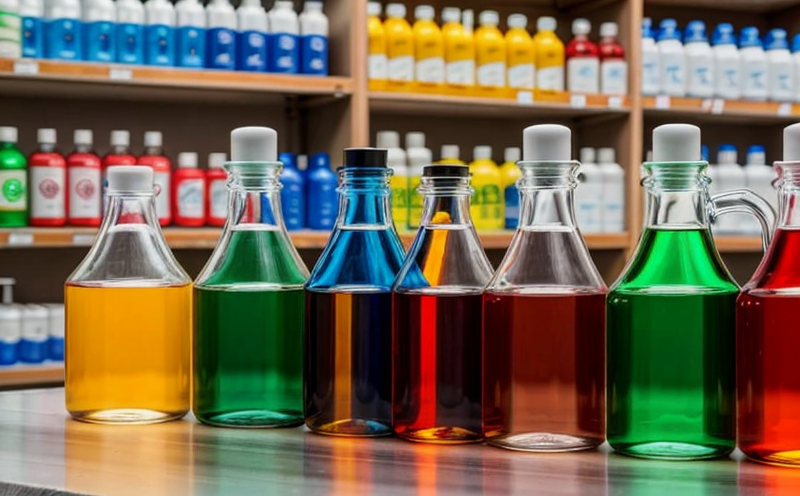GB T 24281 Determination of organotin compounds
The GB T 24281 standard provides a method for the determination of organotin compounds in textile products. This is particularly important as organotin compounds have been used extensively in various industries, including textiles, due to their antimicrobial and stabilizing properties. However, these compounds can be harmful if present above certain levels. The test ensures that textile products comply with national and international regulations aimed at safeguarding human health.
The method described in GB T 24281 is based on the extraction of organotin compounds from textiles followed by their detection using instrumental analysis techniques such as atomic absorption spectrophotometry (AAS) or gas chromatography coupled with mass spectrometry (GC-MS). This ensures high precision and accuracy, which are crucial for regulatory compliance.
Specimen preparation involves soaking the textile samples in a suitable solvent to extract any organotin compounds. The extracted solution is then analyzed using one of the specified instrumental methods. It's important that the specimens are prepared accurately to ensure reliable results.
The test is essential for quality managers and compliance officers who need to ensure their products meet regulatory requirements. For R&D engineers, this service can help in understanding the limits of organotin usage without compromising product performance. Procurement teams benefit from knowing the levels present in incoming materials to avoid non-compliant goods.
Compliance with GB T 24281 is not only about meeting legal requirements but also about demonstrating a commitment to public health and environmental responsibility. Textile manufacturers must adhere to this standard to protect consumers and comply with national and international laws.
Applied Standards
| Standard | Description |
|---|---|
| GB T 24281-2009 | Determination of organotin compounds in textile products by atomic absorption spectrophotometry and gas chromatography-mass spectrometry. |
Why Choose This Test
- Ensures compliance with national regulations on the use of organotin compounds in textiles.
- Provides accurate and reliable results using advanced analytical techniques.
- Aids in maintaining product quality and consumer safety.
- Supports R&D efforts to optimize textile formulations while adhering to regulatory limits.
Environmental and Sustainability Contributions
- Promotes safer products for consumers by reducing harmful organotin compounds in textiles.
- Encourages the use of environmentally friendly textile processing techniques.
- Facilitates compliance with international environmental standards, thereby promoting sustainable practices.





